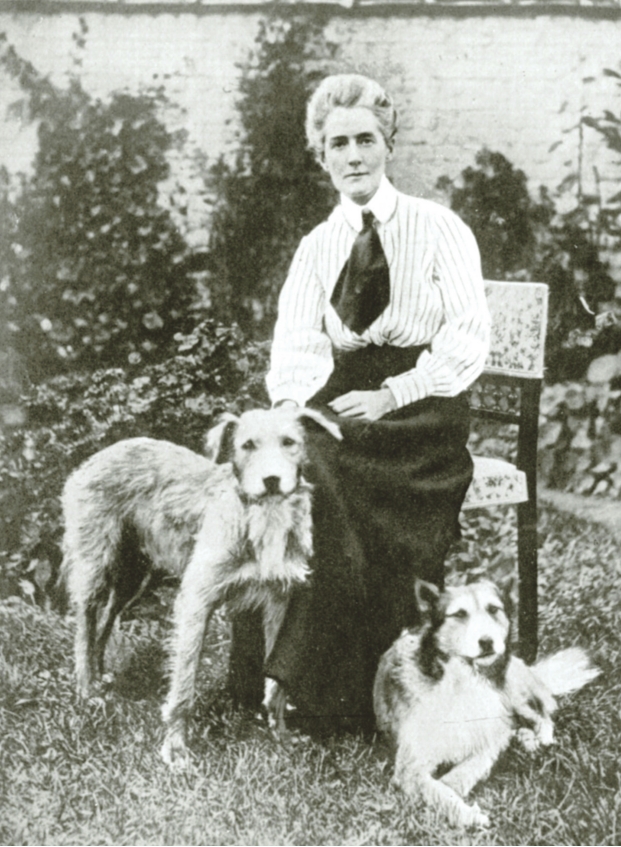
Taking a look back
In honor of Women’s History Month, let us take a journey into the life of women at the time of World War I and see how their journey helped to shape the life of today’s woman.
These women stepped up to the plate to keep America surviving and thriving. Can you, the women of today, see yourself in these women?
First, take a brief look at how the war played out. War broke out over disagreements in Europe about territory and boundaries, among other issues. By the end of 1915, Austria-Hungary, Bulgaria, Germany and the Ottoman Empire were battling the Allied Powers of Britain, France, Russia, Italy, Belgium, Serbia, Montenegro and Japan. In 1917, the United States entered the war. Germany formally surrendered November 11, 1918, and all nations agreed to stop fighting while the terms of peace were negotiated.
World War I was centered in Europe, beginning July 28, 1914, and lasting until November 11, 1918. When the men went off to war, no one thought that women’s roles would change. But with more than nine million combatants and seven million civilians dying as a result of that war, women in the workplace was needed and would pave the way for major political changes in the days and years to come.
So much money was being spent on the war in the way of weapons, ammunitions and life’s necessities in order to win the war there became a food and clothes shortage. Because of the shortages, prices sky-rocketed and made harder for many women without a job or low paying jobs to survive and take care of their children.
In 1916, after recruitment began for the war, the government allowed women to have men’s jobs, but when they came back from war, they would be expected to go back to their regular way of life. Women applied for all sorts of jobs such as in insurance and banking, which were originally men’s jobs. They became munitions factory workers, making supply materials for war such as weapons and ammunition; worked in shipyards as mechanics, nurses, farmers or official war spies. They made stuff for war like bandages and socks; they also sold war bonds. Also, the amount of workers filling what were originally “women’s jobs” increased. But women were still paid lower wages than men and why some shops allowed women to work. Giving women lower wages enabled the shop employer to buy more food and necessities in spite of the rising prices the war had brought.
A survey conducted in 1917 showed 68 percent of women had changed jobs since the war started, 16 percent had moved out of domestic service, 22 percent more had work than were unemployed, and 23 percent had changed the type of work they started out with and were doing better.
Women stepped up to the plate and took on work and jobs they had never thought of taking on before. Many of those jobs had been predominately done by men; many of which died and did not return after the war. Women took up the slack, made life work and provided for their families.
Out of necessity, women worked in farming, in forestry, on the railways and on buses. They drove delivery trucks and even worked in the police force. Many women were already nurses, but many more joined the forces in the hospitals and became part of the hospital medical staffs. Many women moved closer to the heart of the war and served in medical staff positions, working closely to the war front.
Women had to fill positions at banks and offices and found themselves retaining those positions after the war was over. New services such as the Auxiliary Women’s Services, Women’s Army, Navy and Air Force were begun because of the work women were doing
during the time of war. After the war, women’s fashion changed: Women
cut their hair shorter, started to wear trousers, began to wear more
makeup and go on unchaperoned dates.
Because
WWI was a vast bloodshed of male life, women found themselves widows
and many remained unmarried because a whole generation of healthy men
had been killed or terribly maimed and injured.
Before
the conflict, there was an already an established women’s suffrage
movement, it started with the demand for equal voting rights and during
the course of the 20th century developed into a push for equality in all
walks of life. In 1920, women won the right to vote.
Today’s
woman can gain insight into the strength of women past; maintain their
fortitude and rise to meet the needs of a needy society. Thank the women
in your life who have paved the way for a better life for you.